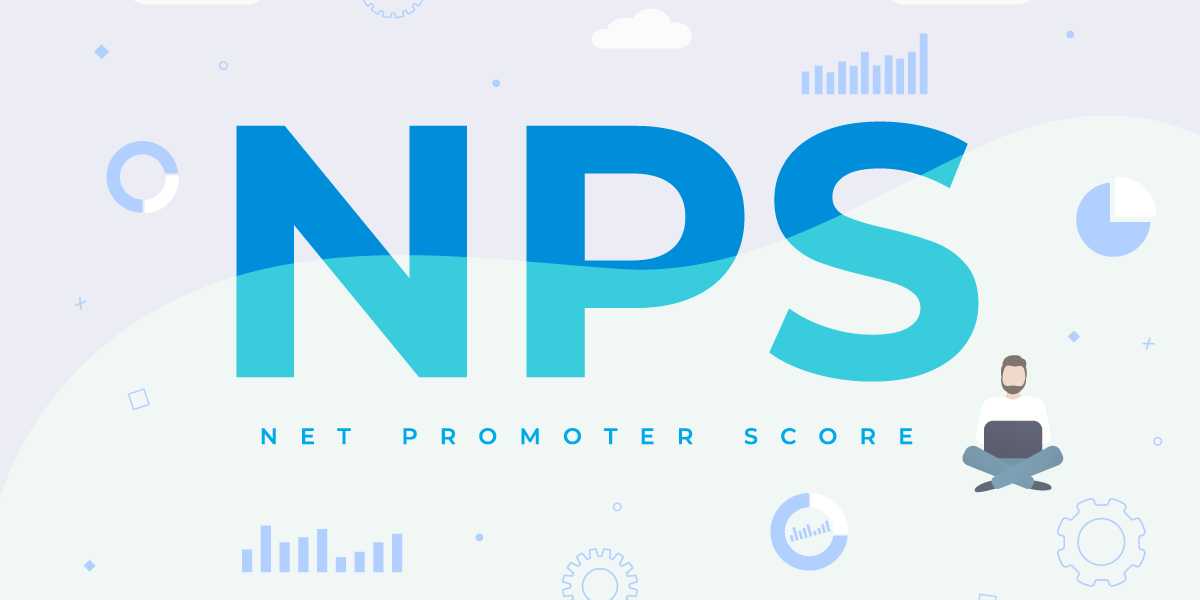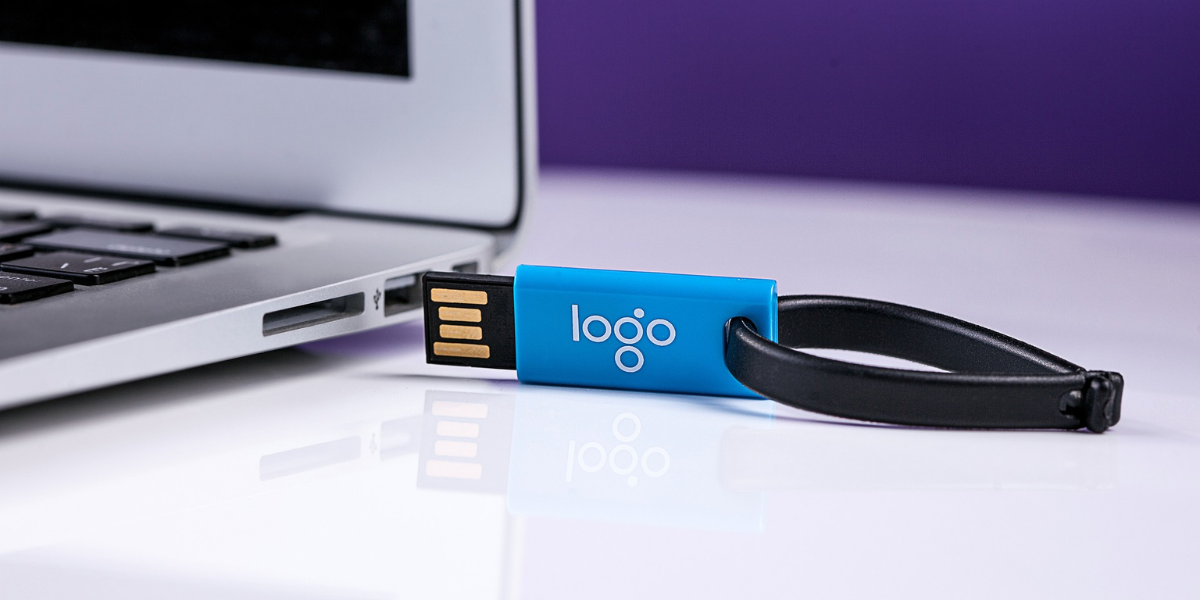In the world of sales and marketing, there is no shortage of data to analyze. We understand that many would-be marketers are hesitant to look at data in the first place, because data has a way of exposing the flaws in the pretty pictures and cool copy that most marketing firms specialize in delivering. But for those vigilant marketers who want to actually measure results and optimize their efforts, the question remains: what metrics should I be tracking?
The short answer: it depends. Every organization has different goals and faces different challenges. Because of this, using data to make good decisions isn’t always as easy as it sounds. Marketers are faced with the challenge of identifying the metrics that, when moved, impact the organizations growth goals. With that being said, here’s a set of metrics that we find most B2B organizations benefit from tracking.
Organic Sessions
A website session is defined as all of the activity a user has on your website until they have been inactive for more than 30 minutes. This means if a site visitor was on your site, then leaves, and then returns within 30 minutes it counts as one session. Contrast this with pageviews, which tally each time a page on your site is loaded. Sessions data is generally looked at as offering more actionable data, as they can tell you where users came from, how long users were on each page, how they navigated when they were on your site, and when they engaged with content.
 51% of all web traffic comes from organic search.
51% of all web traffic comes from organic search.
An organic session is a session that begins with a search query on a search provider like Google or Bing. Since 51% of all web traffic comes from organic search, you can see why it’s important to monitor this metric. Increasing organic sessions can help you create brand awareness, generate leads, and create more revenue opportunities.
Contacts Created (Conversions)
A conversion happens when a previously unknown, unidentified site visitor engages in an activity that more clearly identifies them as a lead. A basic conversion metric is contacts created. This metric measures the number of new contacts added to your CRM via on-page website conversions. By watching the number of contacts created via different pages and pieces of content, you can begin to understand what interest your visitors most and create content strategies that will attract, engage and delight larger numbers of users going forward.
MQLs
For marketers, few events get them as excited as the creation of an MQL. That’s because an MQL, or marketing qualified lead, is a lead that is more likely to become a customer compared to other leads. A typical MQL is someone who has filled out a form for a free consultation or product demo. These leads have clearly signaled that they are somewhere in the buying process. The more MQLs you can deliver, then the less time Sales Reps will have to spend searching and cold calling for qualified prospects.
Customer Acquisition Cost
Customer Acquisition Cost, or CAC, is a metric that measures the average amount of money an organization has to invest in sales and marketing to acquire one new customer. There are a few ways to calculate this, but one of the easiest ways is to divide your annual sales and marketing budget by the number of clients you brought on in that same year. As an example, if your total marketing and sales budget for 2019 was $600,000 and you brought on 200 new clients, your CAC for 2019 would be $3,000. Knowing your CAC is key to calculating the return on your marketing and sales investments and budgeting for marketing and sales activities. By finding ways to reduce your CAC, you can improve the efficiency of your marketing spend and increase your profit margin.
Lifetime Value
Lifetime Value (LTV) represents the total revenue an organization receives from an individual client across the entire time of the business relationship. It considers a customer’s revenue value, and extends that number over the course of the predicted customer lifespan. Organizations can use this metric to identify the customers that have the most gross revenue value. By comparing your CAC and LTV, you can understand how effective your marketing and sales strategies are. For B2Bs, your LTV should be three times higher than your CAC. Any lower and you’re spending too much money; any higher and you’re not spending enough.
To calculate LTV, simply multiply the customer revenue for any given date value by the number of same date values constituting that customer’s lifespan. For example, if a customer is worth $50,000 per year to you and ends up being a customer of yours for 5 years, the lifetime value for that client is $250,000.
Just looking at these five metrics, it’s easy to understand why successful companies measure everything. At Sharp Wilkinson, we live by the motto “You can’t manage what you can’t measure.” We’ve seen firsthand that it’s impossible to know what’s working (and what’s not), if there are no defined goals and metrics to judge success. The push for data-driven marketing and sales strategies comes as a result for the need to quantify the return on investments. By identifying and monitoring the right metrics, you can drive your organization’s growth and make decisions, informed by data.




